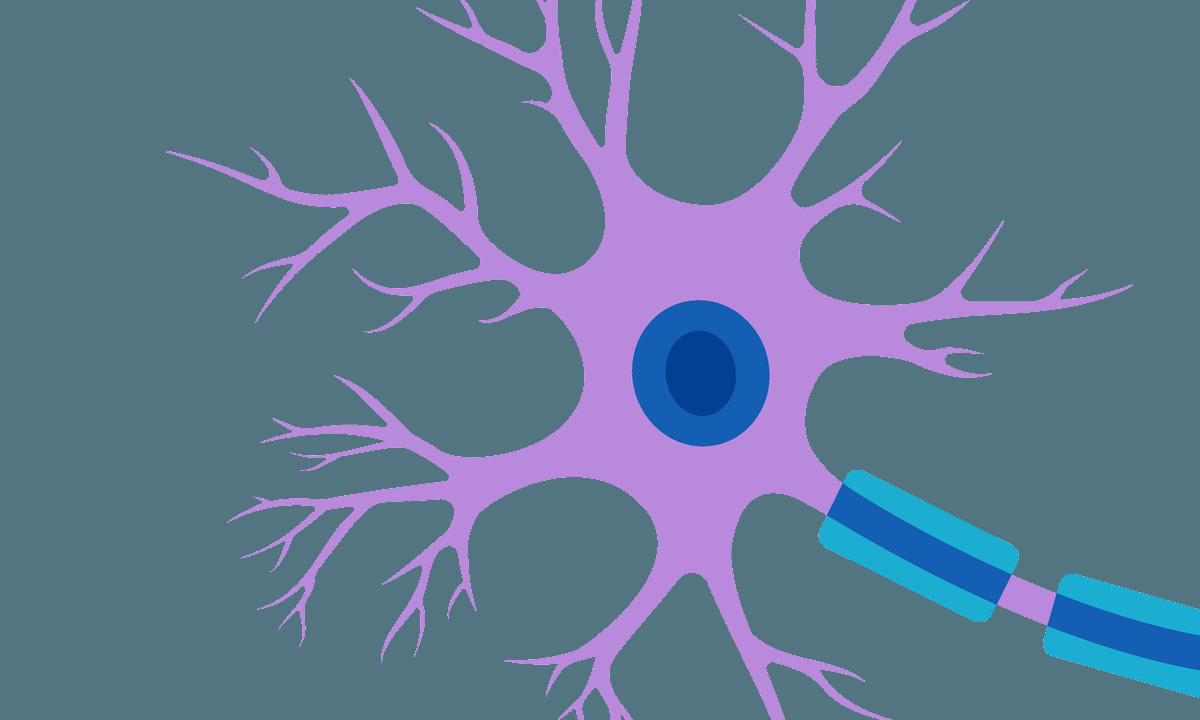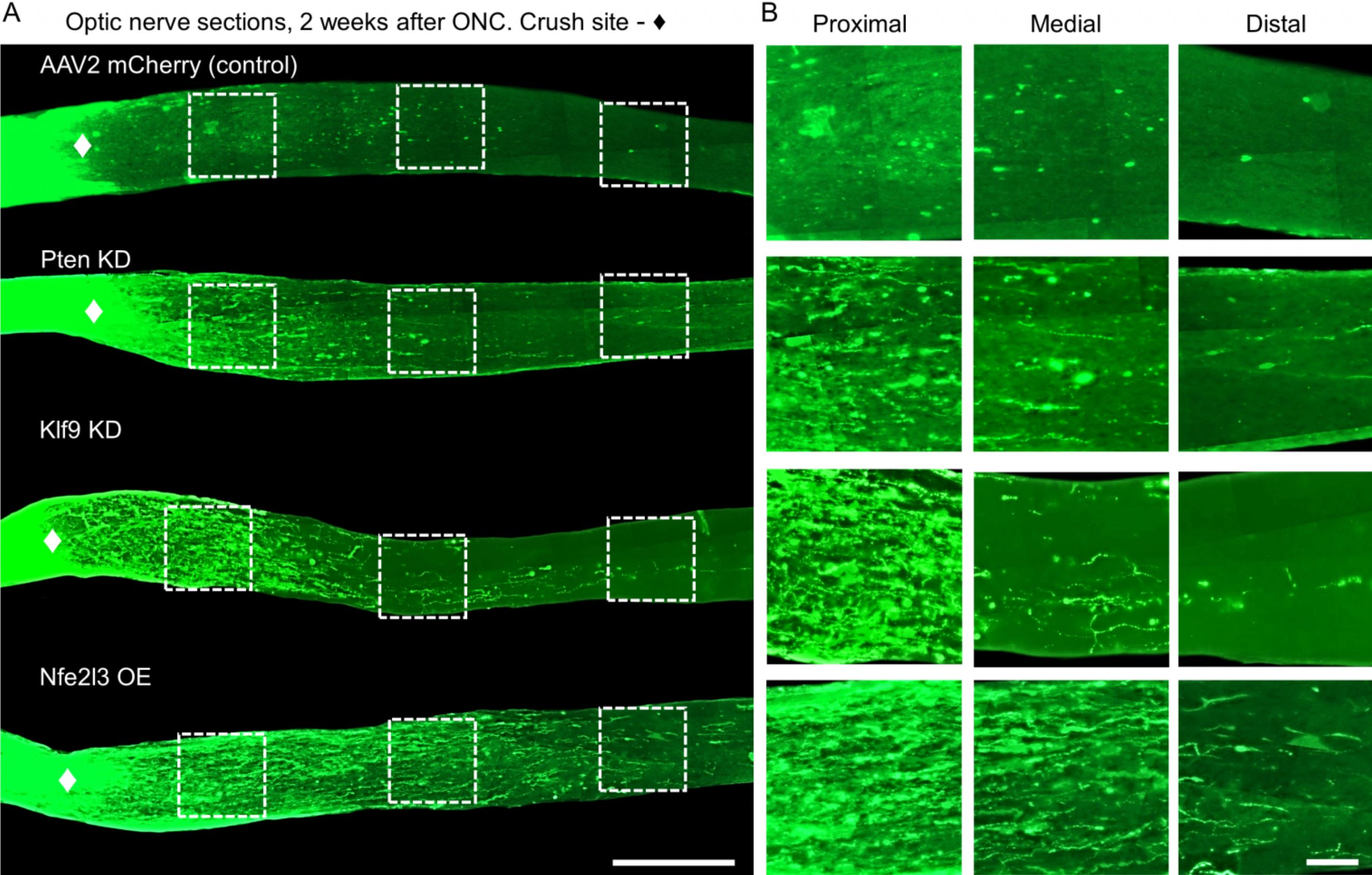Optic Nerve Damage: A Path to Regeneration
Damage to the optic nerve can lead to irreversible blindness. A newly investigated regeneration factor could change that, researchers of the University of Connecticut (UConn) report in the May 2024 issue of Experimental Neurology. This opens up a completely new field of research – in glaucoma or other types of nerve damage.

A team of researchers in the lab of UConn School of Medicine neuroscientist Ephraim Trakhtenberg have shown that a protein previously thought unimportant can stimulate regrowth of nerve cells. The protein is called nuclear factor erythroid 3 (Nfe3), and it is unique to nerves originating in the retina. Normally it is not produced by adult neurons.
Trakhtenberg and colleagues suspected that Nfe3 played some specific role in nerve growth, and that they might be able to harness it to regrow nerves after injury. They took adult mice with crushed optic nerves and stimulated Nfe3 production using a gene therapy. Just as the researchers hoped, individual nerve fibers in the mice’s damaged optic nerves began to regrow.
The regrowth was significant, about as good as the best regenerative factors previously known. But Nfe3 is different, and more promising, than some of those other regeneration factors. Some of these other regenerative factors have downsides: they tend to cause inflammation, or risk inducing tumors. Nfe3 has no similar problems.
“This opens a whole new novel realm of research. It could help glaucoma and other types of nerve damage,” Trakhtenberg says.
The next step is to observe the regenerating nerve cells for several months to see if they eventually reconnect to the brain, a necessary step to restore sight. If they do reconnect to the brain, Nfe3 could truly be a potential treatment for cases of optic nerve damage. It could also be potentially prescribed as a preventative, to stop visual loss in diseases that slowly damage the retinal neurons and the optic nerve over time. If the factor is successful in repairing the optic nerve, it might also be useful in treating paralysis and other forms of nerve damage in the brain and spinal cord.
Medical imaging of four optic nerves that have been crushed.
The image on the left (A) shows four optic nerves that have been crushed. Live nerve tissue glows green in this image, while damaged nerve tissue is dark. The top nerve was not treated with any regenerative factors, and there is no regrowth of the nerve (shown by the uniformly dark area on the right.) The second and third nerves were treated with previously identified regeneration factors, and show some live nerve tissue beyond the crushed area. The bottom nerve was treated with Nfe3, and also shows live nerve tissue beyond the crushed region. (B) shows close-ups of the left, middle, and far right sections of the crushed nerves. The nerve treated with Nfe3 (bottom) shows regeneration as good or better than the nerves treated with the other factors (middle two rows).
Source: University of Connecticut
More info: Nfe2l3 promotes neuroprotection and long-distance axon regeneration after injury in vivo
https://www.sciencedirect.com/science/article/abs/pii/S0014488624000670?via%3Dihub
